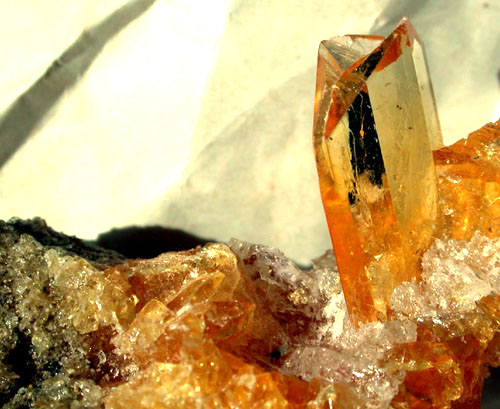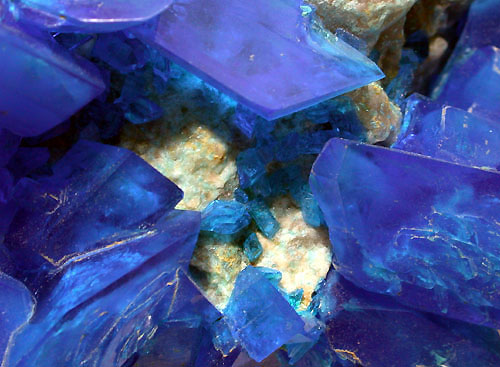Following on the heels of the recent excitement about searching within pages of books at Amazon, there’s now a growing backlash against this facility from, among others, the Author’s Guild. According to Volokh Conspiracy and numerous publications, such as Ziff-Davis News in the UK, and The New York Times the pushback occurs because each search returns five surrounding pages of a book, and the Guild says that this could be used to get all the pages for a relevant section of a book so it need not be purchased. Ultimately, according to the Guild, this violates contracts between authors and publishers.
I’m an author, and currently have several books out at Amazon. From test searches, it would seem that my Practical RDF book has not been added to the database yet. Personally, I hope it does get added, because it can only help sales.
For instance, a person is interested in an RDF API called Jena, and searches on this keyword, rather than RDF. My book shows up in the results because I cover Jena. This is good for me as an author because the more I put my book in the front of readers’ eyes, the better chance it has of selling. This is a much better selling tool then me going into book stores, pulling my books from obscure shelves and putting them in more prominant locations.
(Eye level of the average person, front of book displayed if there’s room, or pulled out from shelf so it’s no longer even with the other books.)
If I have a problem with the facility is that it’s a mess. There doesn’t seem to be a way to turn off this look inside feature to find a book on a subject, not just a keyword. As for ‘Jena’, its rather surprising the number of ‘Jenas’ in books out there. To compensate for this, you’re reduced to trying different search patterns that focus on Jena, the RDF API, rather than Jena, the Napoleon campaign.
This is less easy then it seems. For instance, you’d think you’d have a winner with ‘java jena rdf’, except the first title that shows is “The Polish Officer: A Novel”. What are these authors talking about?
I, of course, also did a vanity search on my name, in quotes, out at the site and found a few references to it in other books. Not many – I’m usually the writer not the writee. One I thought was particularly interesting is my name showing up in a figure in a book,and the page containing the figure was shown. It would seem the search works with figures as well as text.
As for this enhanced facility adversely impacting on book sales, I’m finding that the current political and economic climate in this country and the rest of the world is doing a great job of this anyway – Amazon’s efforts aren’t adding much to the overall effect.
Update:
Professor Bainbridge has some good comments on the negative aspects of this search facility on the sale of his books – but I still want my books in it.



